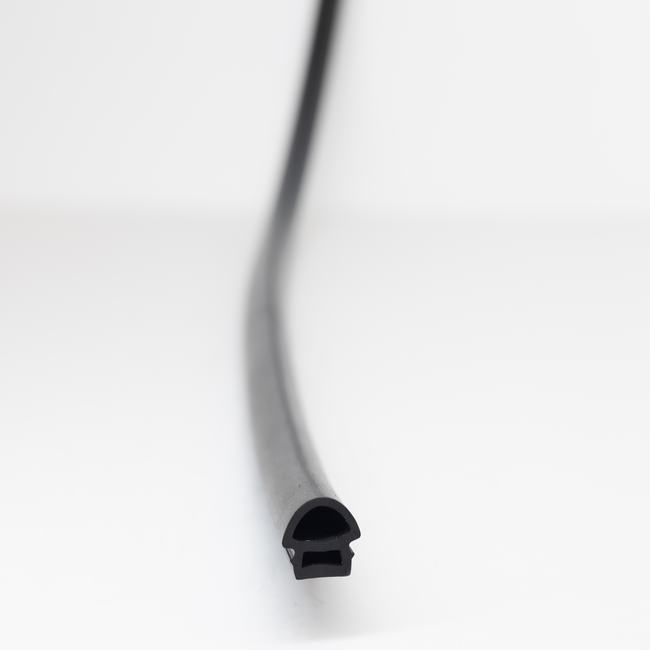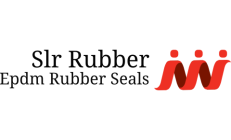EPDM (Ethylene Propylene Diene Monomer) rubber seals are widely used in various industries and applications for their excellent sealing properties and resistance to environmental factors. These seals are known for their durability, flexibility, and ability to maintain a secure and watertight seal in challenging conditions. Here’s a detailed description of EPDM rubber seals:
1. Material Composition:
- EPDM rubber is a synthetic elastomer composed of ethylene, propylene, and a diene monomer. This specific composition gives EPDM its outstanding properties, including resistance to weathering, UV radiation, ozone, and a wide range of chemicals.
2. Properties:
- Weather Resistance: EPDM rubber seals excel in outdoor applications due to their high resistance to weathering, UV exposure, and ozone. They do not degrade or become brittle when exposed to sunlight or harsh weather conditions.
- Chemical Resistance: EPDM rubber is resistant to many chemicals, acids, alkalis, and polar solvents, making it suitable for various industrial applications.
- Temperature Tolerance: EPDM rubber can withstand a broad temperature range, including both high and low temperatures, without losing its sealing effectiveness.
- Flexibility: EPDM rubber is highly flexible, allowing it to conform to irregular surfaces and maintain a seal even under movement or vibration.
- Low-Temperature Flexibility: EPDM retains its flexibility even in sub-zero temperatures, making it an ideal choice for cold-weather applications.
- Tensile Strength: EPDM rubber exhibits good tensile strength, contributing to its durability and ability to maintain a reliable seal under pressure.
3. Types of EPDM Rubber Seals:
- EPDM rubber seals come in various forms and shapes, depending on their intended application. Common types include:
- O-Rings: Circular seals used to create a secure, watertight seal between two surfaces.
- Flange Gaskets: Used to seal the connection between two flanged pipe or equipment components.
- Custom Seals: Tailored to specific shapes and dimensions for unique applications, such as door seals, window seals, and automotive seals.
4. Applications:
- EPDM rubber seals are employed in a wide range of industries and applications, including:
- Automotive: EPDM seals are used in engine components, door seals, window seals, and cooling systems.
- Construction: EPDM seals are used in roofing systems, window and door seals, and HVAC systems.
- Marine: EPDM seals are used in boat hatches, portholes, and seals for marine equipment.
- Industrial: EPDM seals find applications in machinery, chemical processing, and food and beverage processing.
- Electrical: EPDM seals provide electrical insulation and sealing in electrical enclosures.
5. Installation:
- EPDM rubber seals are generally easy to install and can be adhered or mechanically fastened to the surfaces they are sealing.
6. Maintenance:
- EPDM rubber seals typically require minimal maintenance. Regular inspections can ensure their continued effectiveness and durability.
In summary, EPDM rubber seals are versatile sealing components known for their resilience, durability, and resistance to environmental factors. They are widely used in various industries and applications where reliable sealing and resistance to weather, chemicals, and temperature extremes are essential. Whether in automotive, construction, marine, industrial, or electrical applications, EPDM rubber seals play a crucial role in maintaining seals and preventing leaks.






